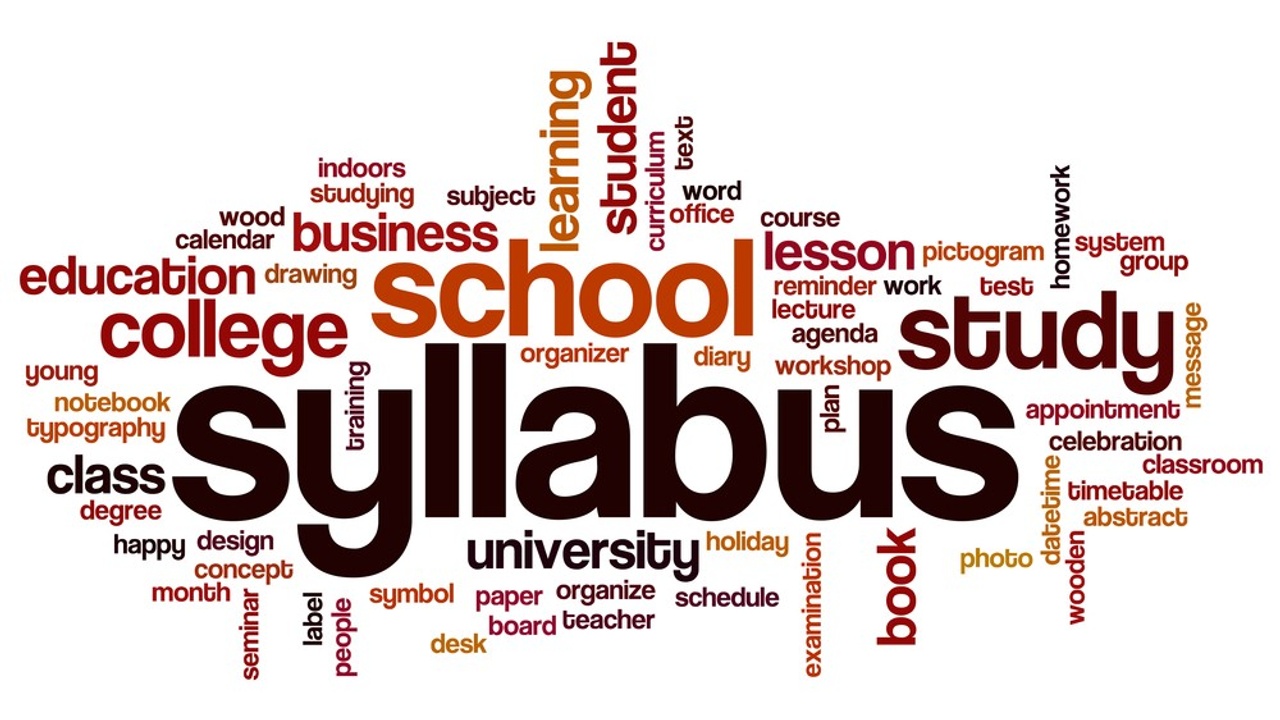What is a syllabus?
Oct 22, 2021
By Dr Jeremy Koay
A limited view
In the most general sense, a syllabus is a document that provides an outline of the teaching content of a course. Therefore, a teacher’s understanding of and familiarity with the syllabus is important because learner assessments will be based on the syllabus. In situations where more than one class is taught using the same syllabus, this document is intended to provide consistency across the classes.
However, not all teachers have read or are familiar with the syllabus. This may result in classroom activities revolving around test preparation, for example, rather than the learning outcomes of the course.
A holistic view
A syllabus can be viewed as a contract, a permanent record and a learning tool (Parkes & Harris, 2002). As a contract, a syllabus provides learners and parents with information about the course content and the timelines.
A syllabus also serves as a document for teacher evaluation. In other words, classroom practice can be reviewed based on whether or not the teacher is following the syllabus. This is particularly important in situations where a course undergoes accreditation reviews.
Students can use the syllabus as a learning tool to manage their time. Some syllabi include information about minimum independent learning time expectations.
Theory and practice
It is important to present the syllabus to learners on the first day of the course (Thompson, 2007). This gives learners an overview of what to expect. Teachers can also use this as an opportunity to share their love for the subject (Thompson, 2007).
As it is necessary for teachers to be familiar with course content and expectations, they should invest some time in reading the syllabus.
Alternatively, the head of department of the English language, for example, can organise an interactive seminar to familiarise teachers with the syllabus. Such seminars should also include opportunities for teachers to discuss ambiguity in the syllabus, for example.
References
Parkes, J. & Harris, M. B. (2002). The purposes of a syllabus. College Teaching, 50(2), 55-61.
Thompson, B. (2007). The syllabus as a communication document: Constructing and presenting the syllabus. Communication Education, 56(1), 54-71.
Dr Jeremy Koay is a New Zealand-based Independent Researcher and a Research & Development Consultant at EduMaxi. He obtained his PhD in Applied Linguistics from Victoria University of Wellington in 2015. His research interests include Discourse Analysis, Genre Analysis and TESOL.
Image source: shutterstock.com/ibreakstock

